These arachnids are nature’s silent predators, armed with toxins that can paralyze prey and, in some cases, harm humans in terrifying ways. From venom that attacks the nervous system to bites that cause tissue death, these spiders are not to be underestimated.
1. Sydney Funnel-Web Spider
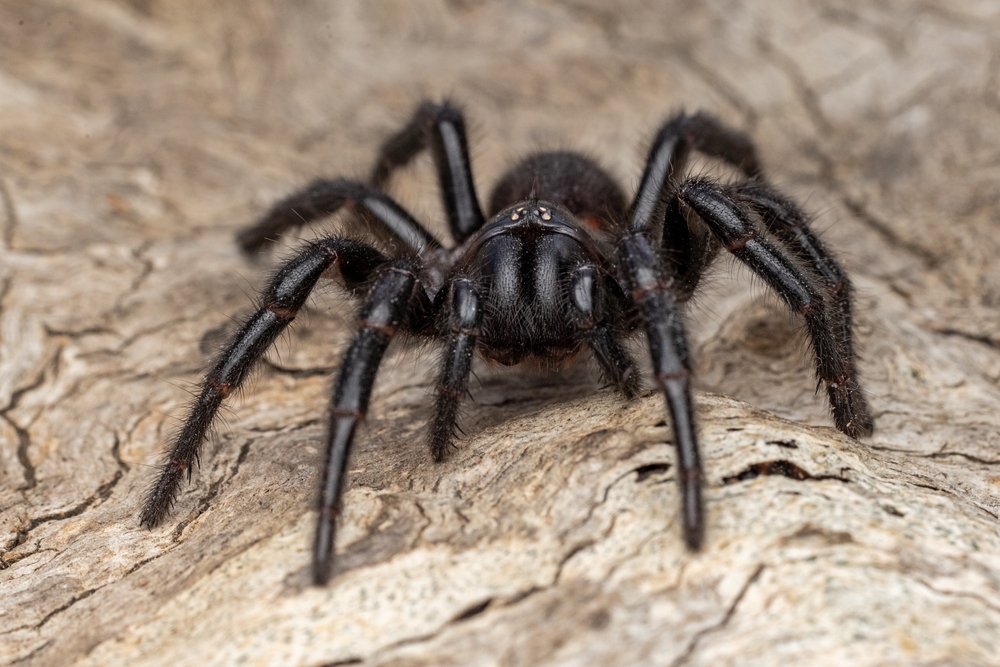
Hailing from Australia, the Sydney Funnel-Web Spider is notorious for its quick temper and highly toxic bite. Its venom acts fast, attacking the nervous system and causing symptoms like intense pain, muscle twitching, vomiting, and respiratory distress. Thankfully, modern antivenom has significantly reduced fatalities, but this spider remains a grave threat. Its aggressive behavior and preference for urban areas mean it’s a frequent uninvited guest in homes. Despite its small size, its bite can deliver life-threatening consequences within minutes.
2. Brown Recluse Spider
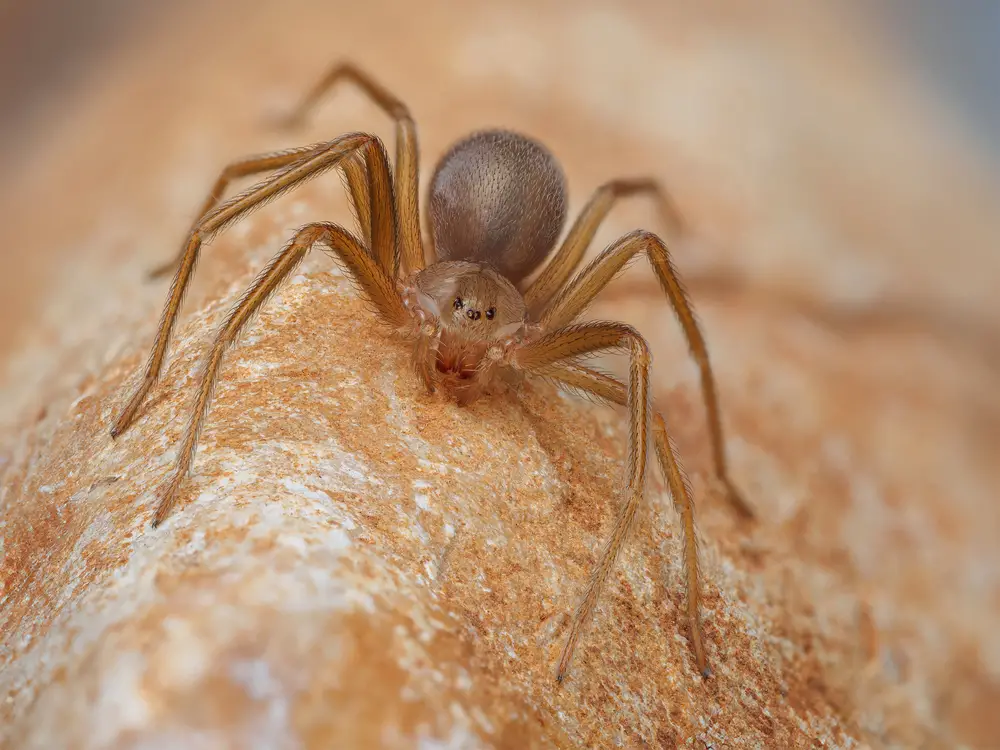
The Brown Recluse is small and unassuming, but its venom packs a devastating punch. Its bite can result in necrosis, a condition that causes tissue around the bite site to die, leading to painful sores and potential infections. In rare cases, systemic symptoms like fever, chills, and organ damage can occur, making its venom one of the most feared. This spider’s reclusive nature makes accidental bites more likely, often in forgotten storage areas or clothing. A bite from this spider is not just painful—it can leave a lasting mark.
3. Brazilian Wandering Spider
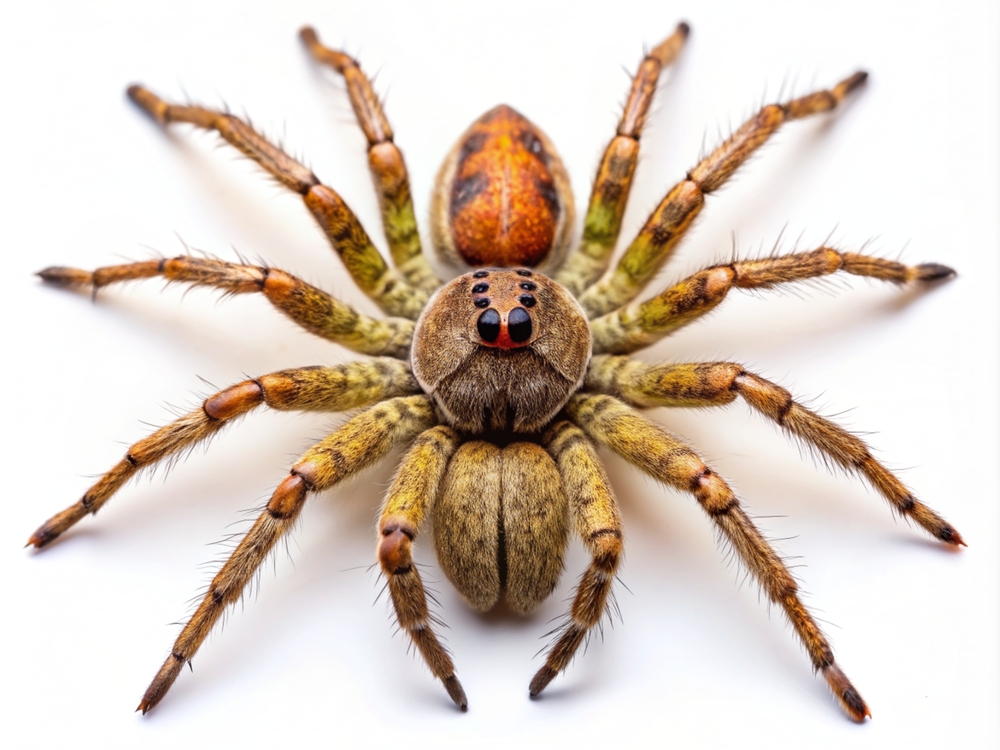
Renowned as one of the deadliest spiders in the world, the Brazilian Wandering Spider is infamous for its aggressive nature and potent venom. A single bite can unleash a cocktail of neurotoxins, leading to intense pain, sweating, and muscle spasms. Severe cases may progress to paralysis and respiratory failure, with fatalities still reported in rare instances. This spider’s tendency to wander into human habitats increases the risk of dangerous encounters. Its reputation as a walking nightmare is well-earned, making it a spider to avoid at all costs.
4. Black Widow Spider
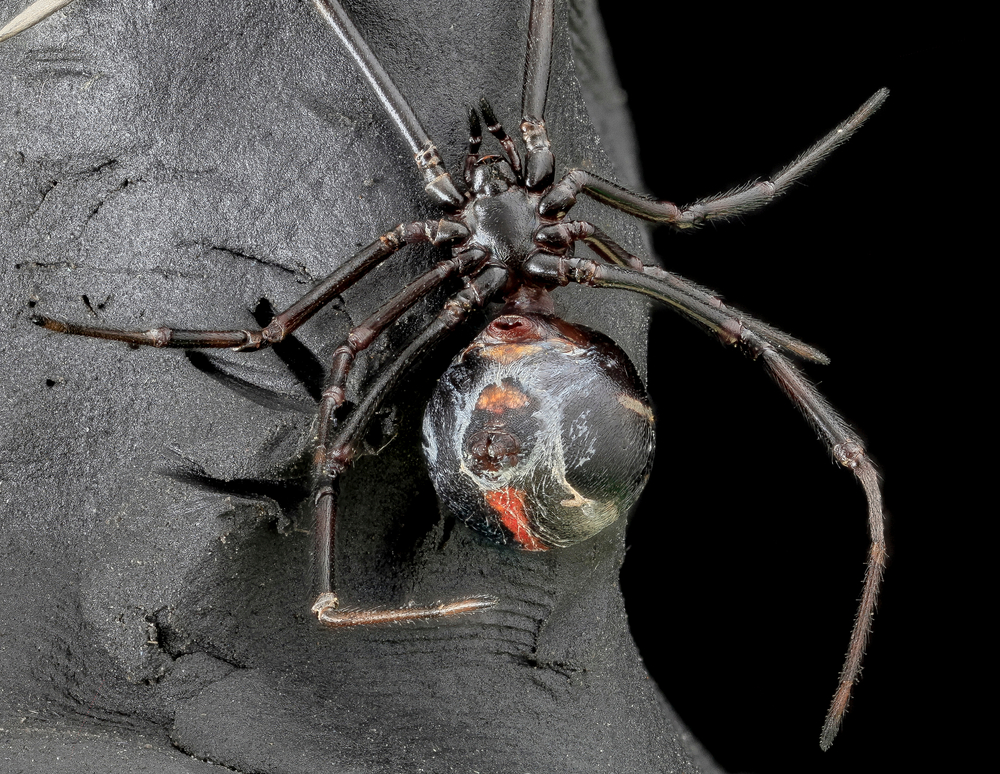
Famous for its iconic red hourglass marking, the Black Widow is a spider that commands fear and respect. Its venom is neurotoxic, causing sharp pain, severe muscle cramps, nausea, and profuse sweating. While fatalities are rare, the venom can be particularly dangerous for children, the elderly, and those with weakened immune systems. Despite its fearsome reputation, bites are generally defensive, occurring when the spider feels threatened. Still, its potent venom earns it a rightful spot on this list.
5. Redback Spider
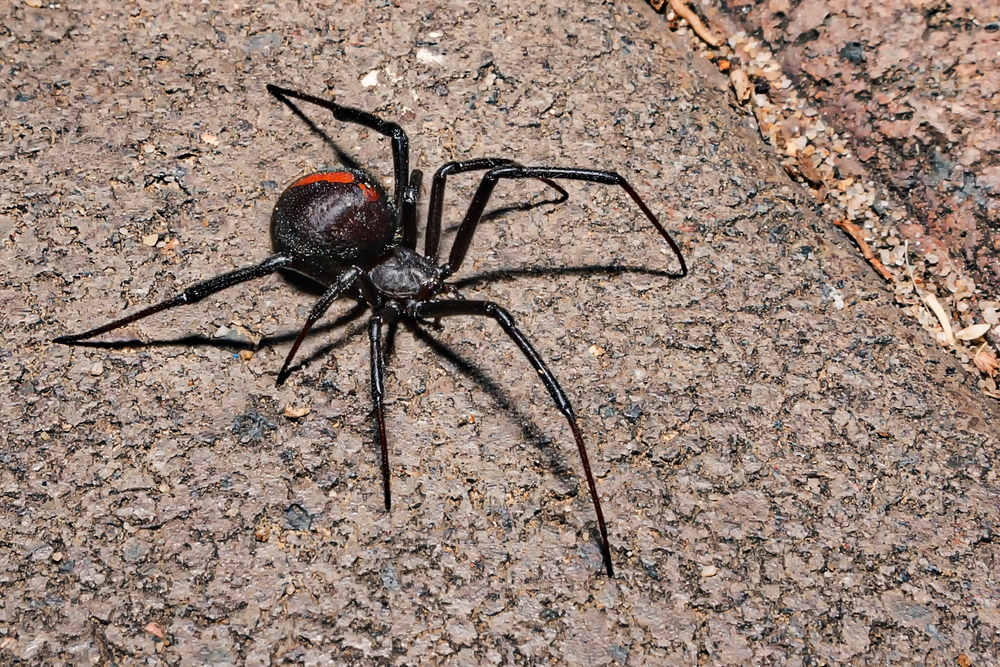
The Redback Spider, another of Australia’s venomous arachnids, is closely related to the Black Widow. Its venom causes severe pain, abdominal cramping, nausea, and sweating, with symptoms often lasting for hours or even days. While fatalities are rare thanks to effective antivenom, the agony caused by its bite is enough to earn its fearsome reputation. Females are particularly dangerous, as they carry the potent venom that makes this species so infamous. A close encounter with a Redback is one to be avoided at all costs.
6. Six-Eyed Sand Spider
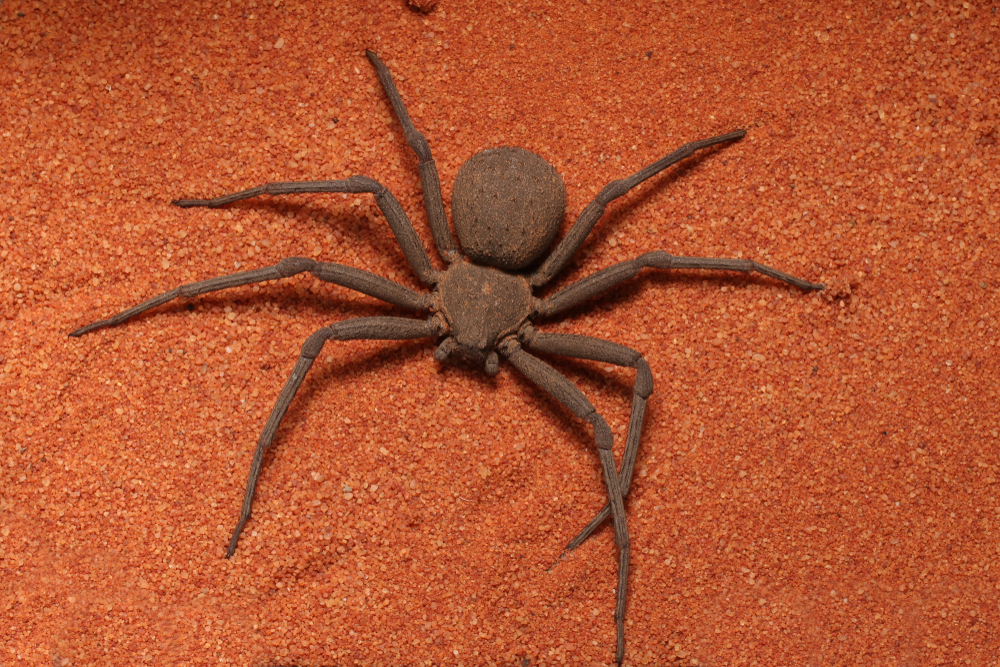
Native to the deserts of Africa, the Six-Eyed Sand Spider is both elusive and deadly. Its venom is necrotic, capable of causing severe tissue destruction and internal bleeding in extreme cases. Although bites to humans are rare due to its reclusive nature, the potential consequences are catastrophic. This spider’s sandy camouflage makes it nearly invisible in its natural habitat, increasing its mystique. While encounters are uncommon, its venom is one of the most toxic in the spider world.
7. Chilean Recluse Spider
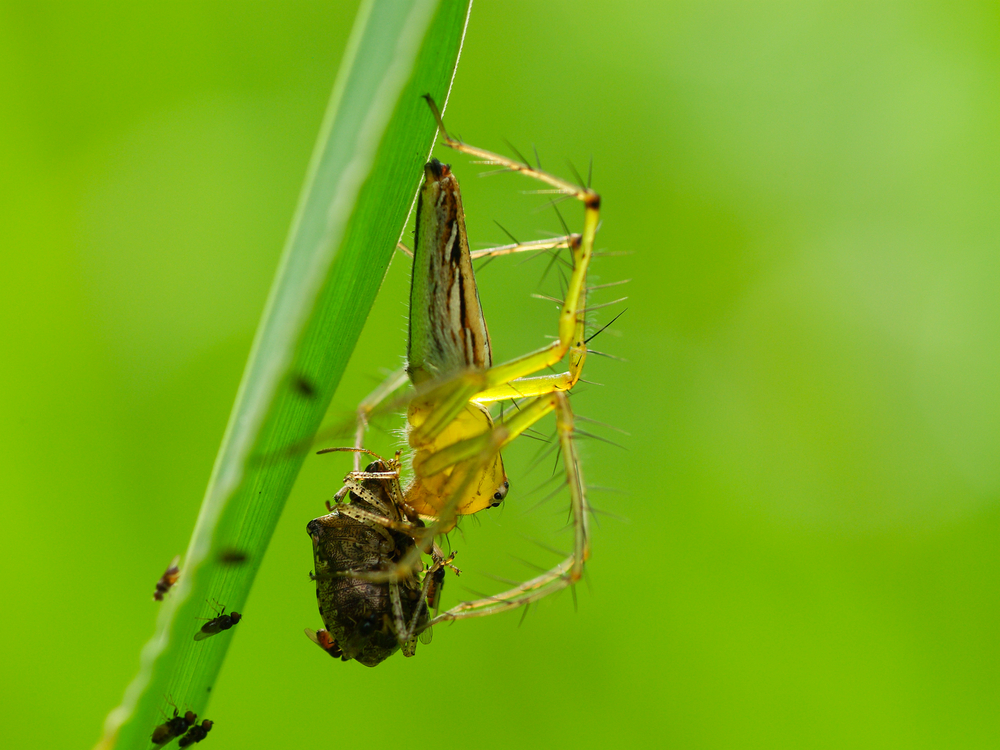
A close relative of the Brown Recluse, the Chilean Recluse is infamous for its even more potent venom. Its bite can cause severe necrotic lesions, leading to extensive tissue damage that may require surgery or result in permanent scarring. In extreme cases, the venom can cause systemic reactions, including kidney failure and even death. Unlike its American cousin, this spider’s venom is considered significantly more toxic, making it one of the deadliest arachnids in South America. Encounters with this spider are rare but can have devastating consequences when they occur.
8. Mouse Spider
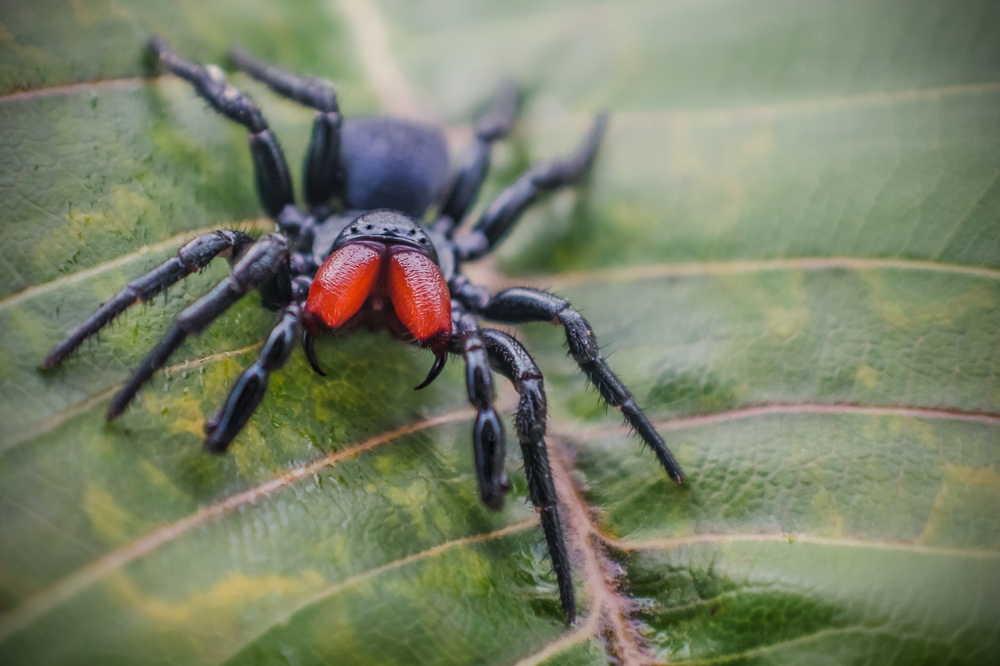
The Mouse Spider, native to Australia, is small but extremely dangerous due to its potent venom. Similar to the Sydney Funnel-Web Spider’s toxins, its venom can cause severe symptoms, including intense pain, muscle spasms, and difficulty breathing. While bites are rare, the potential for significant harm makes this spider one to be cautious around. Thankfully, antivenom for the Sydney Funnel-Web can also be effective against Mouse Spider venom. Though less aggressive than its infamous cousin, it’s not a spider you’d want to provoke.
9. Chinese Bird Spider
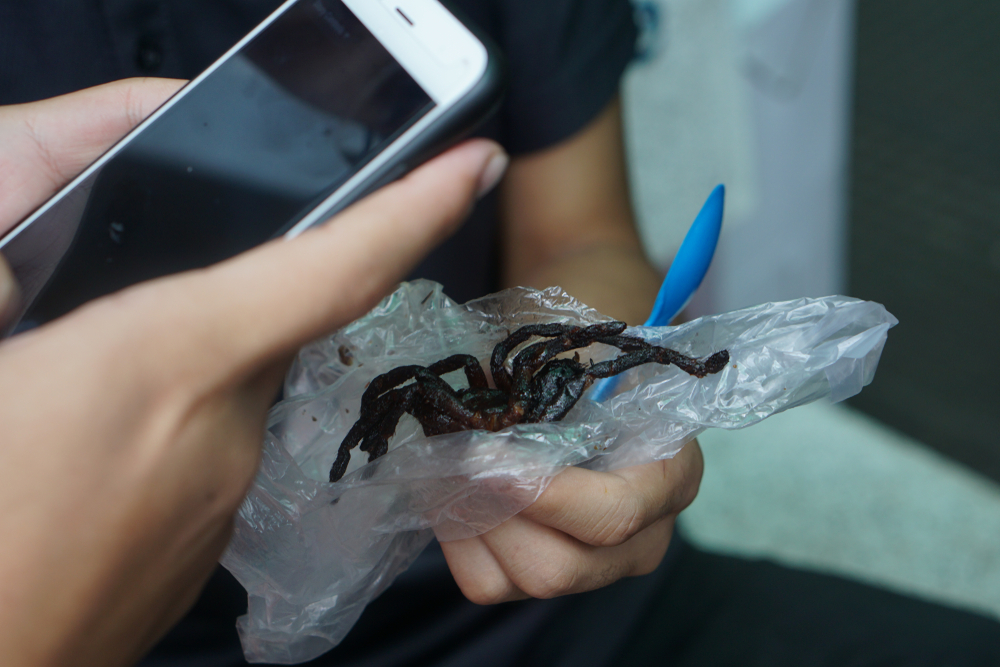
The Chinese Bird Spider, also known as the Chinese Tarantula, is as intimidating as it sounds. Its venom contains neurotoxins that can cause excruciating pain, muscle spasms, and, in rare cases, respiratory distress. Though fatalities are uncommon, its bite can leave victims in prolonged discomfort and with potential health complications. This spider’s large size and aggressive demeanor make it a formidable predator in its natural habitat. For those who encounter it, maintaining a safe distance is highly advisable.
10. Yellow Sac Spider
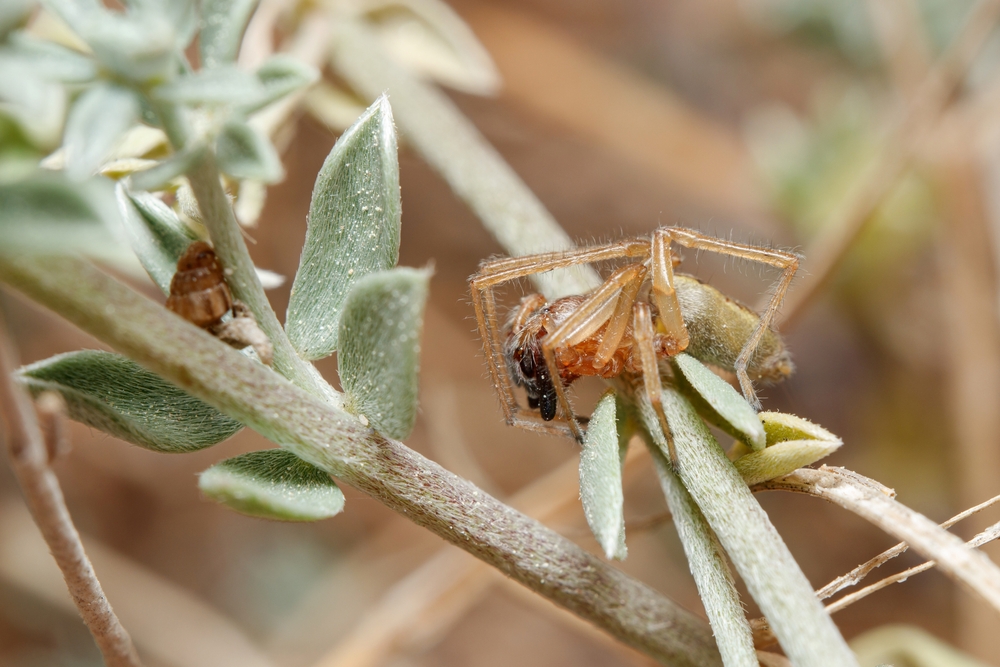
Don’t let its small size fool you—the Yellow Sac Spider is capable of delivering a venomous bite that causes significant discomfort. Symptoms include burning pain, redness, and lesions at the bite site, which may take weeks to heal. In some cases, the venom can cause systemic reactions, making medical attention necessary. Found in homes across many parts of the world, this spider is often encountered in clothing or bedding. Its venom isn’t typically fatal, but it’s enough to make an encounter unforgettable.
11. Northern Tree Funnel-Web Spider
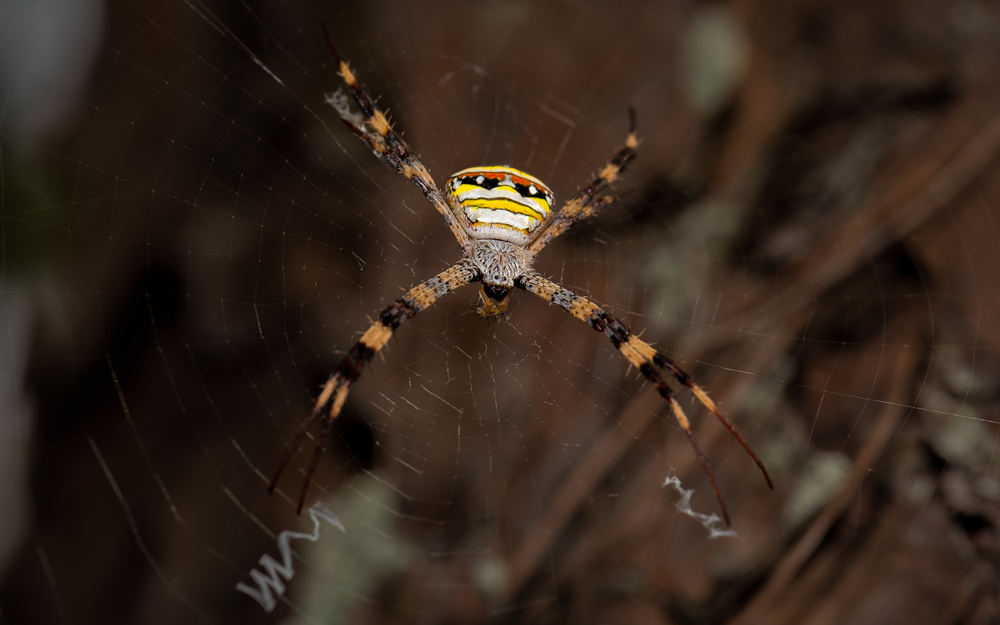
Similar to its cousin, the Sydney Funnel-Web Spider, the Northern Tree Funnel-Web delivers venom that can attack the nervous system. Symptoms of a bite include muscle spasms, vomiting, and difficulty breathing, with fatalities possible without immediate treatment. Thanks to antivenom, deaths are now rare, but its bite remains a serious medical emergency. Unlike its ground-dwelling counterpart, this spider prefers trees and shrubs, making it slightly less likely to cross paths with humans. However, it’s a danger that demands respect wherever it’s found.
12. Mediterranean Black Widow
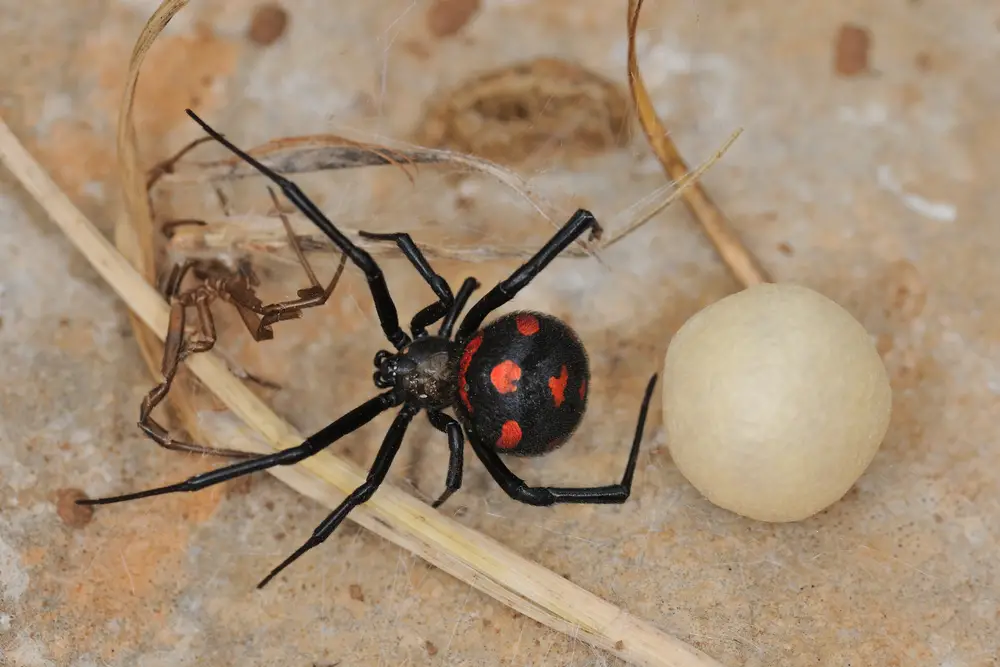
Closely related to the American Black Widow, the Mediterranean Black Widow carries similarly toxic venom. A bite can lead to severe symptoms such as abdominal cramping, nausea, muscle pain, and profuse sweating. While fatalities are rare, young children, the elderly, and those with weakened immune systems are particularly vulnerable. This spider is often found in warm climates, hiding in dark, secluded spaces where humans may accidentally disturb it. Even with treatment available, its venom remains a serious threat.
13. Wolf Spider
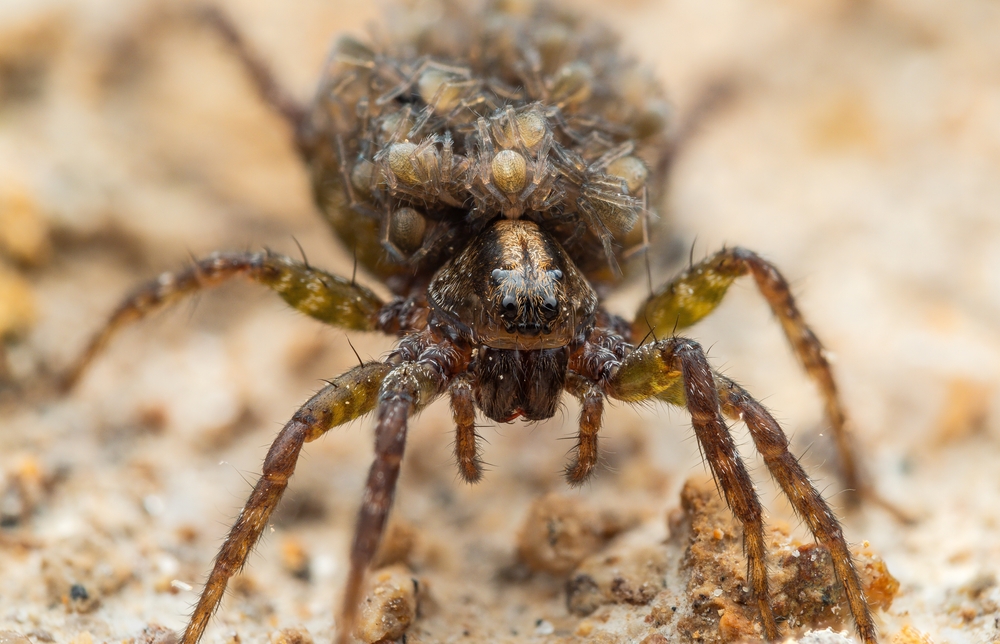
Wolf Spiders may not be as venomous as some on this list, but their bites can still pack a painful punch. Symptoms typically include localized swelling, redness, and sharp pain, but severe allergic reactions can occur in some individuals. While fatalities are rare, their venom can cause significant discomfort, especially in those with preexisting conditions or allergies. These spiders are fast-moving hunters, often mistaken for tarantulas due to their size and hairy appearance. Though their venom isn’t usually deadly, they are not a spider you want to provoke.
14. African Button Spider
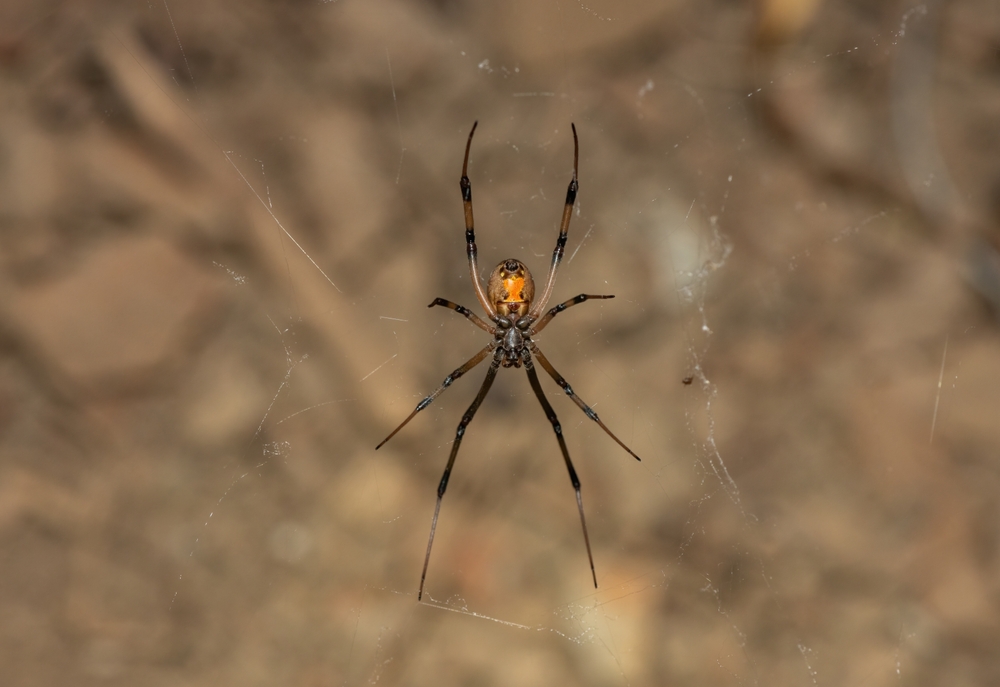
A relative of the Black Widow, the African Button Spider has venom capable of causing severe neurotoxic symptoms. Bites can result in muscle spasms, profuse sweating, difficulty breathing, and intense pain, requiring immediate medical attention. Found across sub-Saharan Africa, this spider is both elusive and dangerous, often hiding in vegetation or under debris. While fatalities are rare with modern medical care, its venom remains one of the most toxic among widow spiders. Encountering this spider is a risk best avoided.
15. Hobo Spider
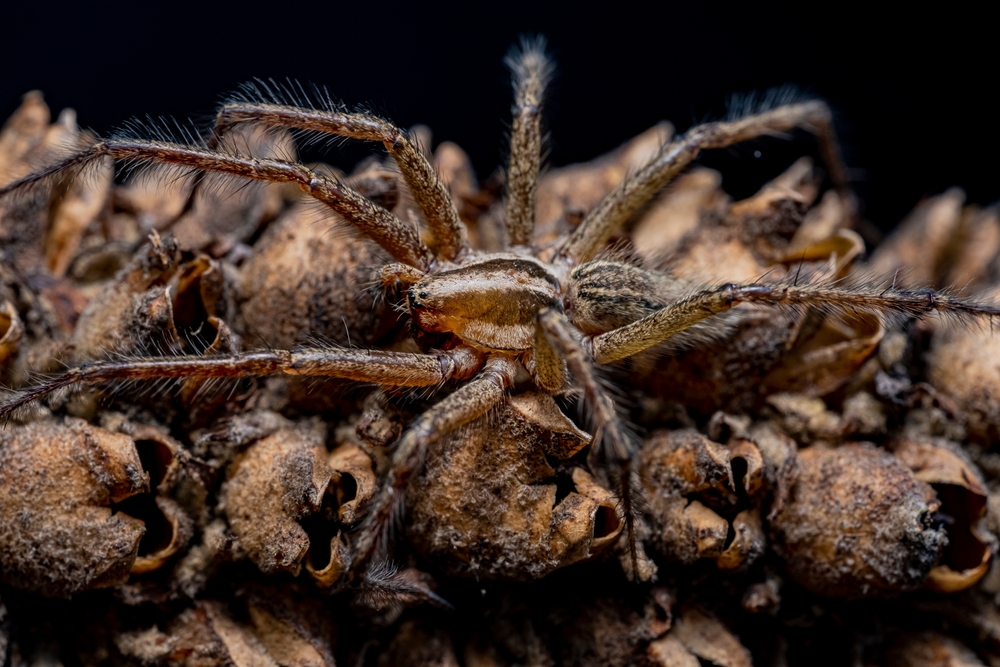
Once feared for its necrotic venom, the Hobo Spider’s bite is now considered less dangerous than previously believed. However, it can still cause painful symptoms, including redness, swelling, and irritation at the bite site. In rare cases, more severe reactions can occur, particularly in individuals with allergies or compromised immune systems. Native to Europe and North America, the Hobo Spider is often found in homes and gardens, increasing the likelihood of human encounters. While it may not be as deadly as its reputation suggests, it’s still a spider to handle with caution.
